Table of Contents
ToggleIntroduction: Understanding Jib Crane Price and Return on Investment
When evaluating the value of industrial equipment, understanding jib crane price in relation to its return on investment (ROI) is essential. For small workshops, warehouses, and large-scale facilities alike, a jib crane represents a significant investment—one that can provide substantial long-term value when chosen and utilized wisely. This article explores how to assess jib crane ROI with a focus on pricing, cost breakdowns, installation, usage benefits, and lifecycle considerations.
What Influences the Jib Crane Price?
Several factors impact the cost of a jib crane, from technical specifications to installation logistics. A deeper understanding of these components ensures accurate budgeting and long-term financial planning.
1. Load Capacity
Heavier capacity cranes are engineered with stronger materials and advanced mechanisms, making them more expensive. As detailed in Jib Crane Price Factors: Load Capacity, Span, and Rotation, a crane rated for 5 tons will cost significantly more than a 500 kg unit.
2. Span and Reach
A longer span or larger working area increases the crane’s material and engineering demands, which affects the overall price.
3. Rotation Capabilities
Manual rotation cranes are budget-friendly, while 360-degree motorized systems require greater investment but enhance functionality and flexibility.
4. Crane Type
Common types of jib cranes include wall-mounted, freestanding, and articulating models. Each comes with its own price range, as discussed in the Jib Crane Price Guide for Small Workshops and Warehouses.
Beyond the Base Price: Total Ownership Costs
A mistake many buyers make is considering only the upfront purchase cost. The total cost of ownership (TCO) includes installation, maintenance, training, and hidden expenses. The Jib Crane Price Breakdown: Installation and Hidden Costs offers an in-depth look at these variables.
Installation
- Foundation preparation (if needed)
- Electrical wiring for motorized systems
- Mounting and calibration
Maintenance and Service
- Routine inspections
- Spare parts
- Lubricants and wear-item replacement
Operator Training
- Onboarding for safety protocols
- Efficient usage to prevent wear and damage
Calculating ROI: Key Performance Metrics
A well-maintained jib crane can last 10–20 years. ROI calculations should factor in the long-term savings and productivity benefits it brings.
1. Labor Cost Reduction
Jib cranes reduce the need for manual lifting or additional personnel. Quantifying saved labor hours over a year helps estimate ROI.
2. Productivity Improvements
Quicker and safer material handling leads to more throughput. If a crane allows a team to complete jobs faster, the equipment pays for itself through increased output.
3. Downtime Prevention
With scheduled jib crane maintenance, breakdowns are minimized. Reduced downtime means fewer production halts, translating into financial savings.
4. Safety and Compliance
Well-installed jib cranes reduce injury risk. Avoiding even a single workplace accident can save thousands in medical, legal, and operational costs.
Example ROI Calculation
Let’s take a freestanding jib crane priced at $10,000:
- Installation: $2,000
- Annual Maintenance: $500
- Labor Savings: $5,000/year
- Increased Output: $3,000/year
In the first year, operational gains ($8,000) nearly offset total costs ($12,000). By year two, the crane begins generating a positive return.
Over 10 years:
- Total cost: $17,000 ($10,000 + $2,000 + $500 x 10)
- Total benefits: $80,000 ($8,000 x 10)
- Net ROI: $63,000
Maximizing Long-Term Value
Select the Right Crane for Your Application
Choosing the appropriate crane type and specifications ensures you don’t overspend or underperform. Wall-mounted cranes are ideal for compact spaces, while freestanding units suit more demanding environments.
Plan for Lifecycle Costs
Account for wear parts, service intervals, and energy consumption in your budget. Selecting energy-efficient models also improves long-term ROI.
Choose Trusted Suppliers
Working with reputable providers like Aardwolf ensures not only quality products but also reliable support, transparent pricing, and access to a wide range of crane products.
Conclusion: Jib Crane Price vs. Long-Term Value
While the jib crane price is a critical factor in purchasing decisions, it’s only the beginning of the investment journey. True value is measured in operational savings, productivity gains, and extended service life. By factoring in installation, maintenance, and performance metrics, businesses can calculate realistic ROI and choose jib cranes that deliver consistent returns over many years. With proper planning and vendor support, a jib crane becomes not just an expense—but a high-value asset.

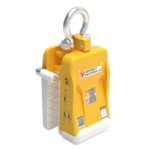
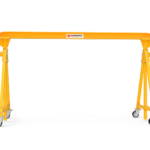
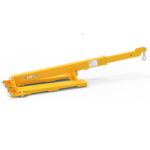
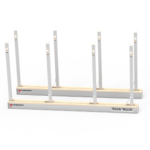
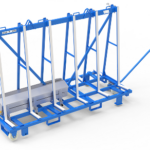
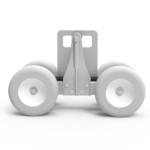
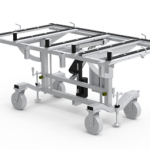
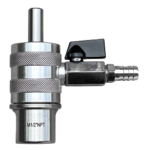
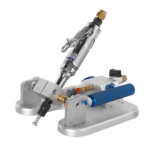
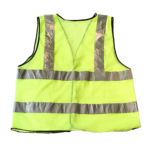

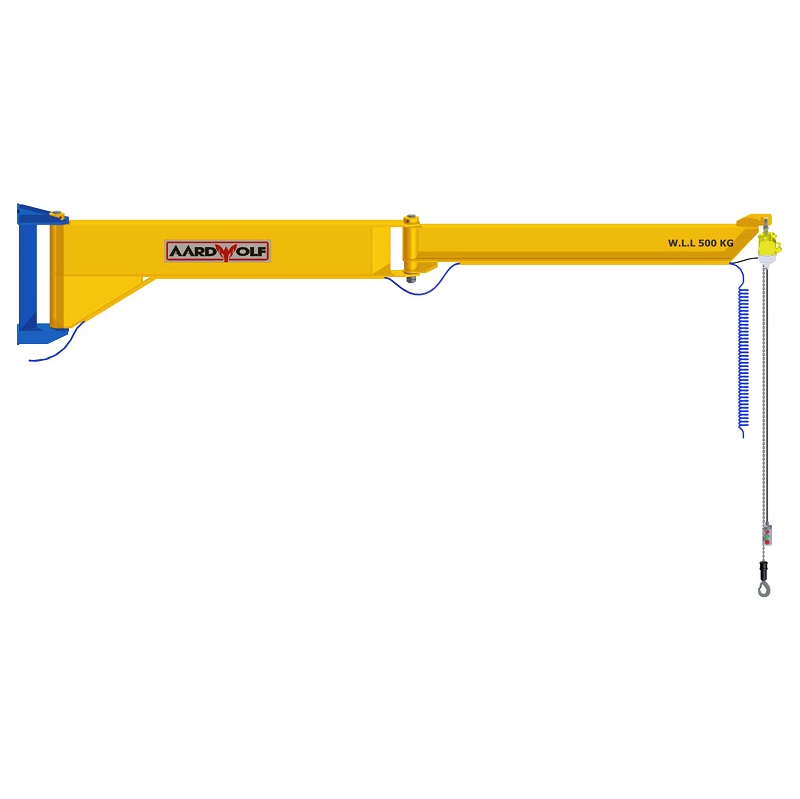
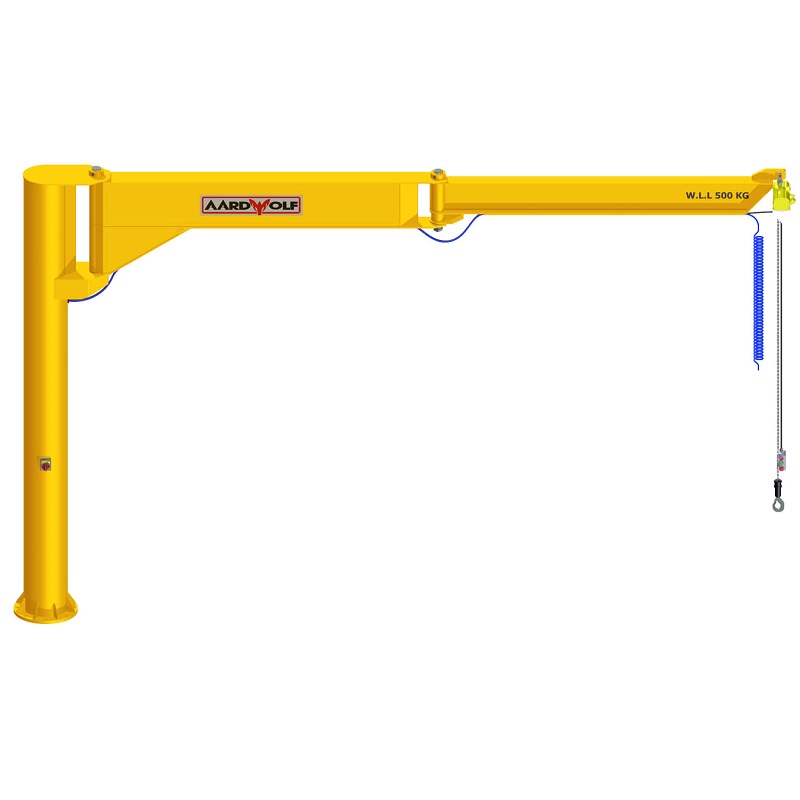
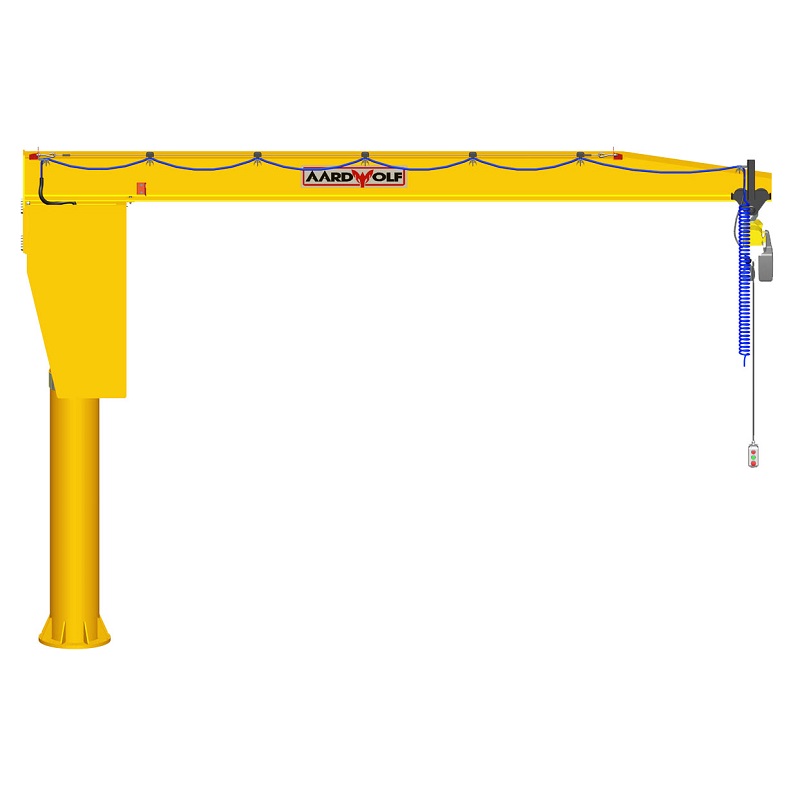
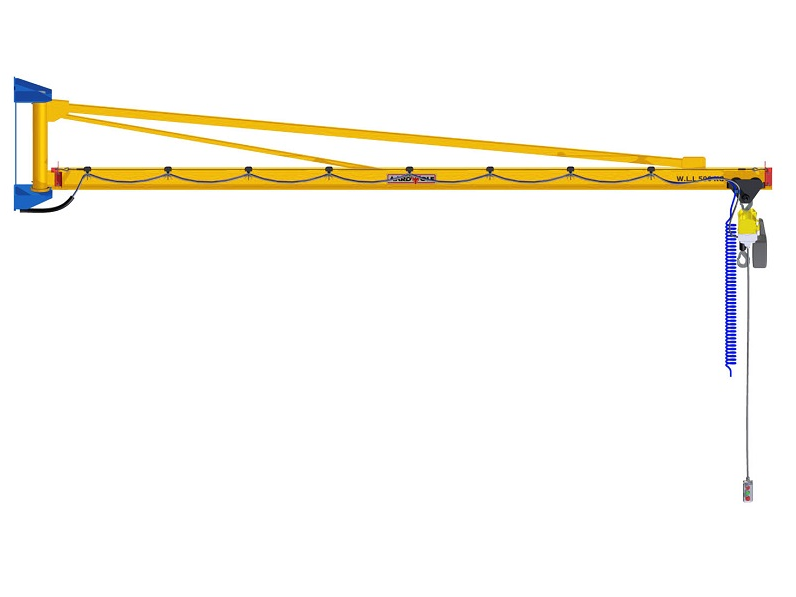

Please log in to leave a comment.